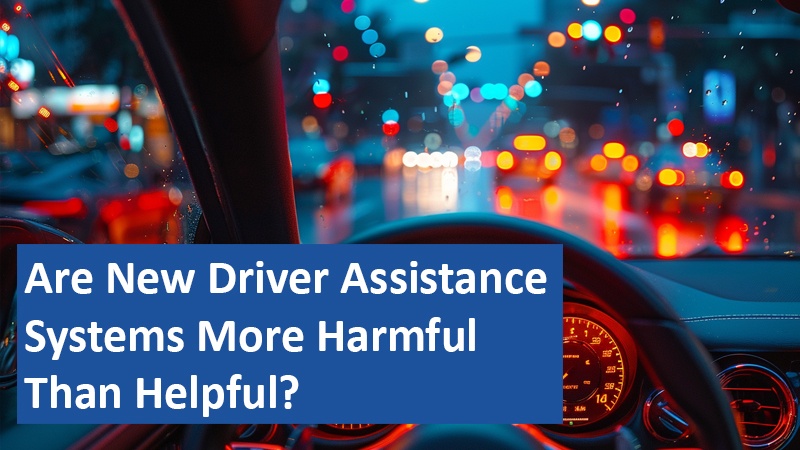New driver assistance technology promises to make driving safer, but recent findings from the Insurance Institute for Highway Safety (IIHS) suggest otherwise. While these systems are designed to reduce driver fatigue on long trips, they may actually increase the risk of accidents by causing drivers to lose focus. In response, the IIHS has called for stronger safety measures to ensure these systems fulfill their intended purpose.
By Julian James
How Do Driver Assistance Systems Work?

Partial driver automation systems use cameras, radar, and sensors to monitor the road and surrounding vehicles. These systems include adaptive cruise control, which adjusts speed based on traffic, and lane-keeping assist, which helps maintain the vehicle’s position in its lane. Some vehicles also offer automated lane-changing features that scan for nearby cars before switching lanes. However, these systems are not fully autonomous; they rely on the driver to take control when necessary.
IIHS Test Results Show Mixed Performance
The IIHS recently tested 14 driver assistance systems, and only one—Lexus’ “Teammate” system—earned an “acceptable” rating. Other systems, including Tesla’s “Autopilot” and Volvo’s “Pilot Assist,” received poor scores for lacking adequate safeguards to prevent driver distraction. Only two systems, GMC Sierra’s “Super Cruise” and Nissan Ariya’s “ProPILOT Assist,” received “marginal” ratings. This highlights the concern that many systems fail to keep drivers attentive and ready to intervene.
Concerns About Driver Monitoring
One of the biggest issues identified by the IIHS is the lack of proper driver monitoring. Many vehicles do not adequately track whether the driver is paying attention to the road or prepared to take over in an emergency. Alerts for distracted driving often arrive too late to correct dangerous behavior. Additionally, some systems can be activated even if the driver is not wearing a seatbelt or other important safety features are turned off, further increasing the risk.
Room for Improvement in Future Systems
Several manufacturers have already issued software updates to enhance the safety features of their driver assistance systems. While the IIHS expects the technology to improve rapidly, the current test results are concerning, especially given the increasing number of cars equipped with these features. Stronger regulations and better safeguards will be essential to ensure that these systems truly make the roads safer for all.
These findings highlight the critical need for improved safety measures in driver assistance systems to prevent accidents caused by distracted drivers. While the technology holds great promise, the current flaws pose significant risks. Ensuring that drivers stay alert and engaged will be essential for making these systems truly effective.
Based on information from www.moneytalksnews.com and own research.